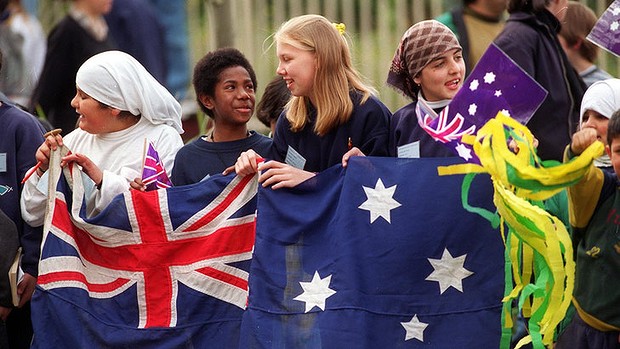History of Money
Bartering
Money is just a form of exchange: you have something I want and I have something you want. We can discuss how to do the exchange.
For example, is what I have more valuable than what you have? Discussing this exchange is called bartering.
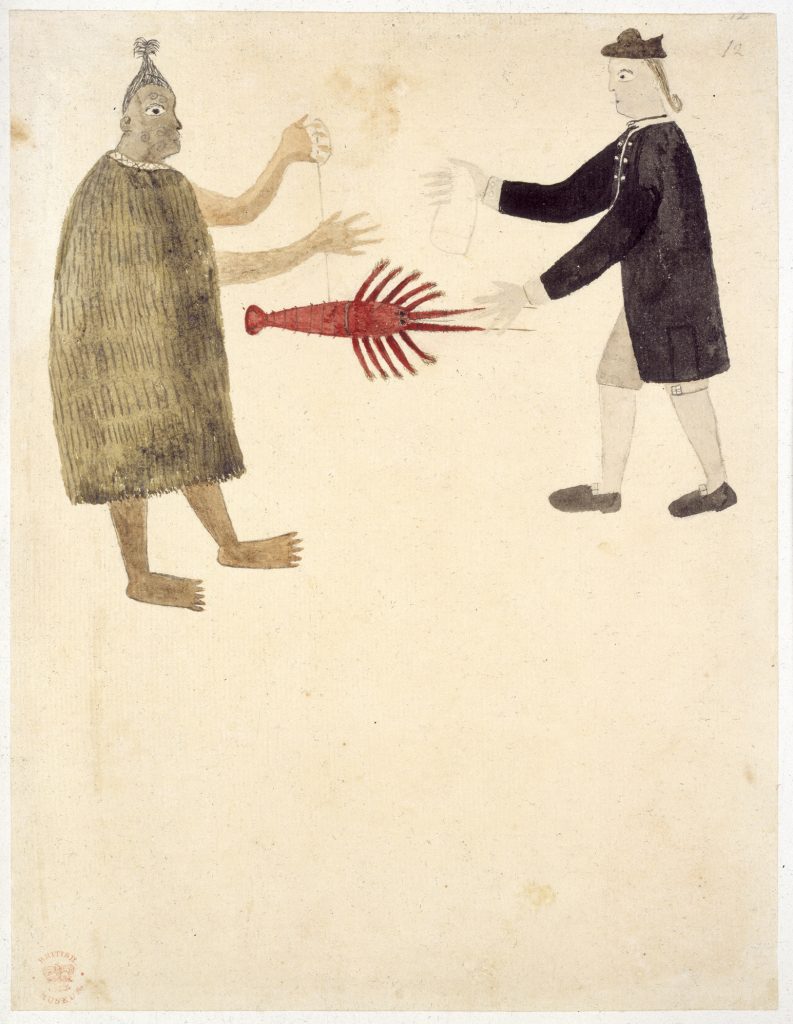
Bartering has been in existence from the beginning of human interaction and was a way of doing business.
About 3,000 years ago, people started using objects, such as tools, spears, arrowheads, stone axes, animal skins, salt, colored beads, shiny stones or animals.
When it was discovered that salt was desired and needed in far away countries, people who had access to salt mines and salt lakes would pack the dried salt on camels.
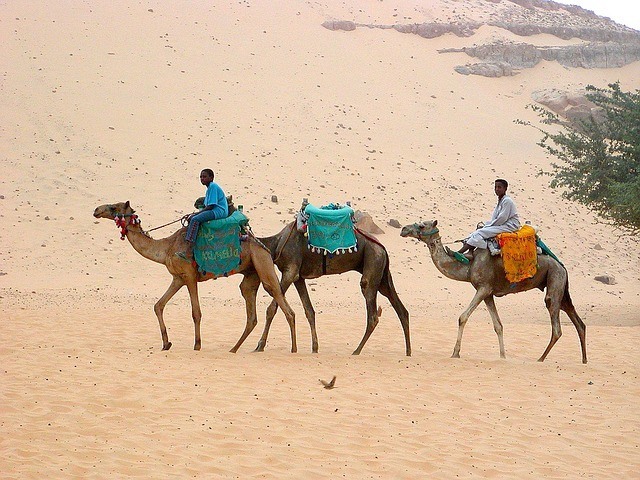
They would then travel hundreds of miles across the deserts to ports along the Mediterranean to sell the salt to shippers.
This type of exchange can still be found amongst tribes in lesser civilized areas throughout the globe, like parts of Africa or the Amazon jungle.
There are still some groups of people who give cows, sheep, and chickens as a gift from the bride’s parents to the intended groom.

It is most likely that this is the origin of the giving of gifts at weddings and other ceremonies.
The Aztecs of Mexico used little dolls made of gold. The ancient Egyptians and the ancient Celts in Ireland used little metal rings made of bronze, copper or gold, and often wore their wealth as ornaments.
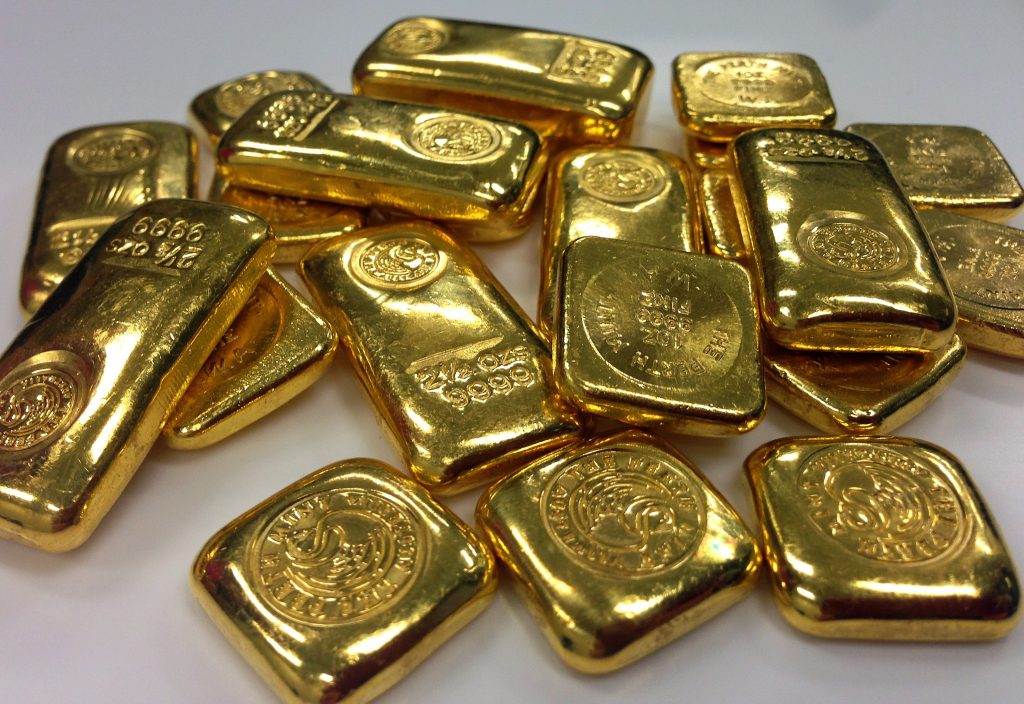
Ancient peoples all over the world tried using different things: rice, bread, chocolate, beans, or corn. This did not work that well, as these products were often eaten.
What was needed was something that other people wanted or agreed on the value, could be carried easily, and was strong enough to withstand being passed from person to person to person, perhaps thousands of times.
Metal Coins
It is believed that the idea of metal coins started in ancient Turkey about 2700 years ago. These discs were small, round and flat and made of gold or silver.
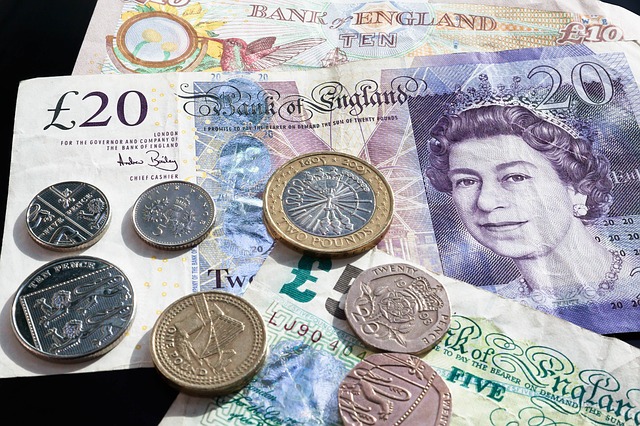
Whatever the disc was worth had a picture stamped on it.
At about the same time, the Chinese started making tiny bronze miniatures of tools, arrows, daggers, and weapons.
A pocketful of these spiky, sharp things was not convenient to carry even though they were small.
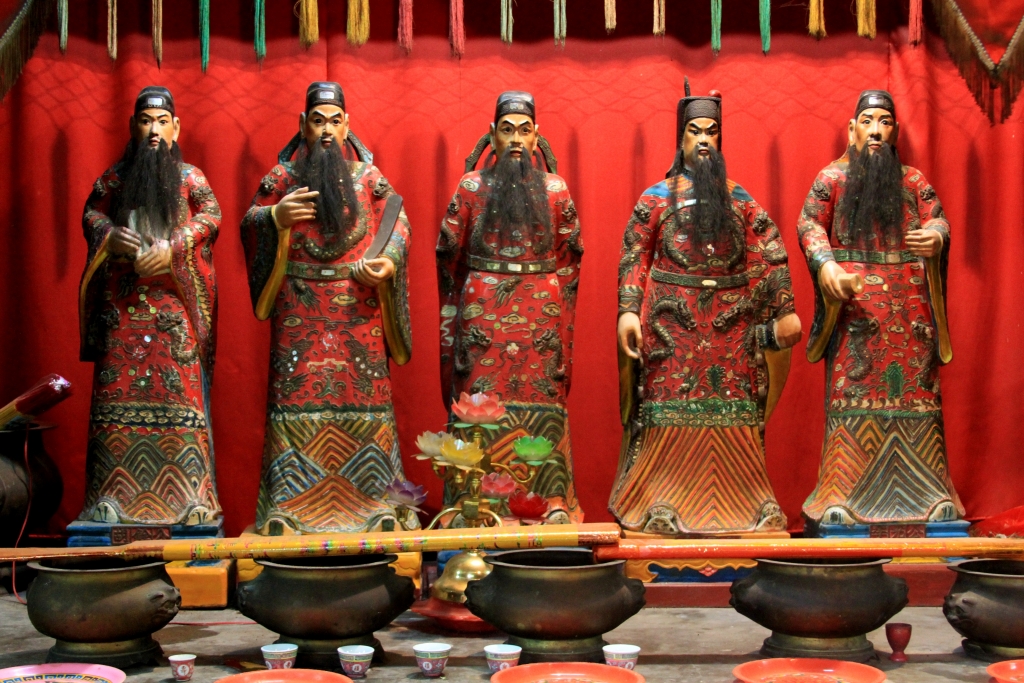
These items were changed into little circles of bronze with perhaps a stamped image on them, each image depicting a different item and a different value.
For example, five discs with arrows might equal one disc with a dagger on it. These discs became the first coins in history.
They also stamped a small hole in the middle of the coin so that the coins could be strung together and worn around one’s neck.
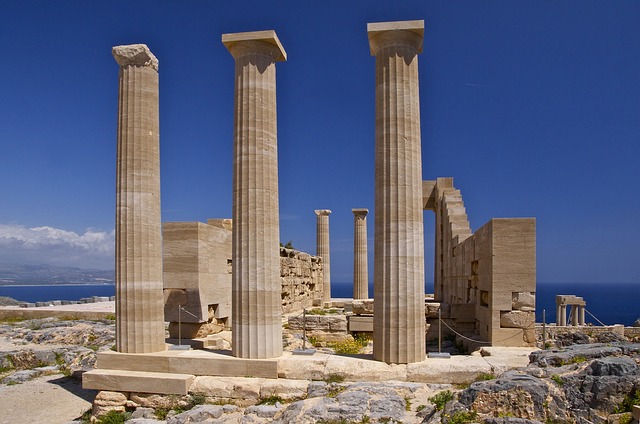
The people in ancient Greece, a neighbor and trader with Turkey, started doing the same thing.
Each city-state had its own version of the coin and had banks where foreign coins could be exchanged for Greek coins to be used to buy things in the Greek markets.
The ancient Romans soon caught on to the practice of using coins made of precious metals. They were the first to use symbols, pictures of buildings, and heads of emperors on their coins.
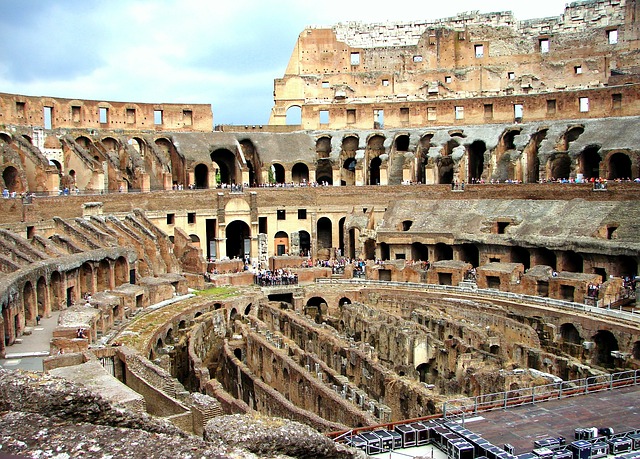
In ancient India, people made a ‘money tree’ with many branches and the coins were hung from in. They also stamped pictures of dragons and imaginary animals on their coins.
Quiz Time!

Questions
What is bartering?
What did early people use as barter?
Why was salt used in trade?
Why were coins better to use than food?
What made coins easy to use?
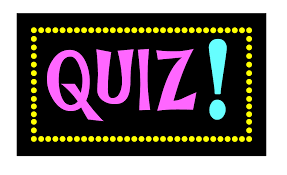
Answers
Bartering is trading one thing for another, where the value is agreed upon through discussions.
Early people used animals, tools, weapons, food, or beads.
Salt was needed and wanted by people who did not have access to it.
Food spoils or is eaten and coins lasted longer.
Coins were easy to carry and did not deteriorate because they were metal.
Society & Culture
